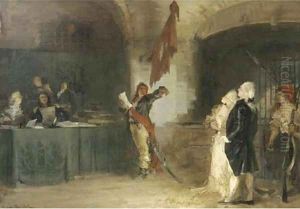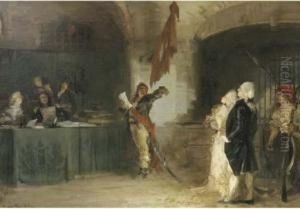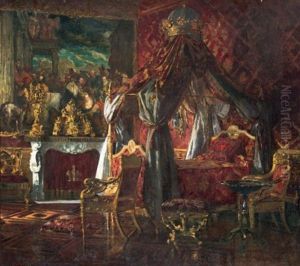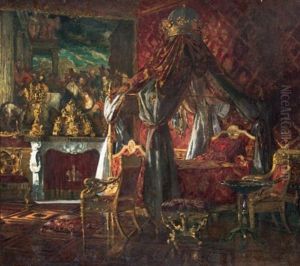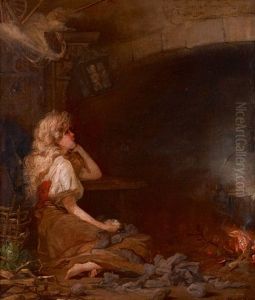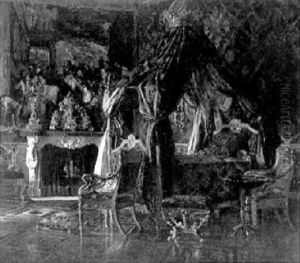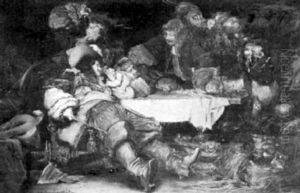Alexander Henri Robert Van Maasdijk Paintings
Alexander Henri Robert van Maasdijk, often known simply as Robert van Maasdijk, was a Dutch artist born on May 20, 1875, in The Hague, Netherlands. He was known for his work as a painter, graphic artist, and draftsman. Van Maasdijk came from a well-respected family; his father was a Dutch baron, which provided him with a privileged upbringing that likely facilitated his early interest and subsequent career in the arts.
Throughout his life, van Maasdijk traveled extensively, which influenced his artistic style and subjects. He spent a significant amount of time in France, particularly in Paris, where he absorbed the contemporary artistic movements of the time. The influence of Impressionism and Post-Impressionism is evident in his use of color and light, as well as in his choice to capture everyday scenes and landscapes.
Van Maasdijk's works are characterized by their vibrant use of color and a certain softness in the way he rendered forms. He often depicted landscapes, city scenes, and rural life, showing a strong interest in capturing the essence of the places he visited. His paintings often reflect a sense of tranquility and are imbued with a lyrical quality that resonates with viewers.
Despite his talent and the quality of his work, van Maasdijk did not gain the same level of fame as some of his contemporaries. His work, however, has been appreciated by art historians and collectors, and it continues to be studied and exhibited posthumously. His art is part of several private collections and has been displayed in various exhibitions dedicated to Dutch art of the late 19th and early 20th centuries.
Robert van Maasdijk passed away on August 25, 1931, in Villefranche-sur-Mer, France. Since his death, his contributions to the Dutch art scene during his lifetime have been reassessed and celebrated. His works now serve as a testament to the cross-cultural artistic exchanges that were taking place in Europe at the turn of the century, highlighting the interconnectedness of the artistic communities across the continent.
